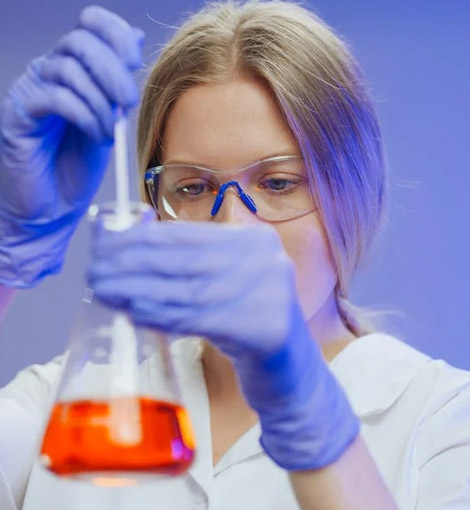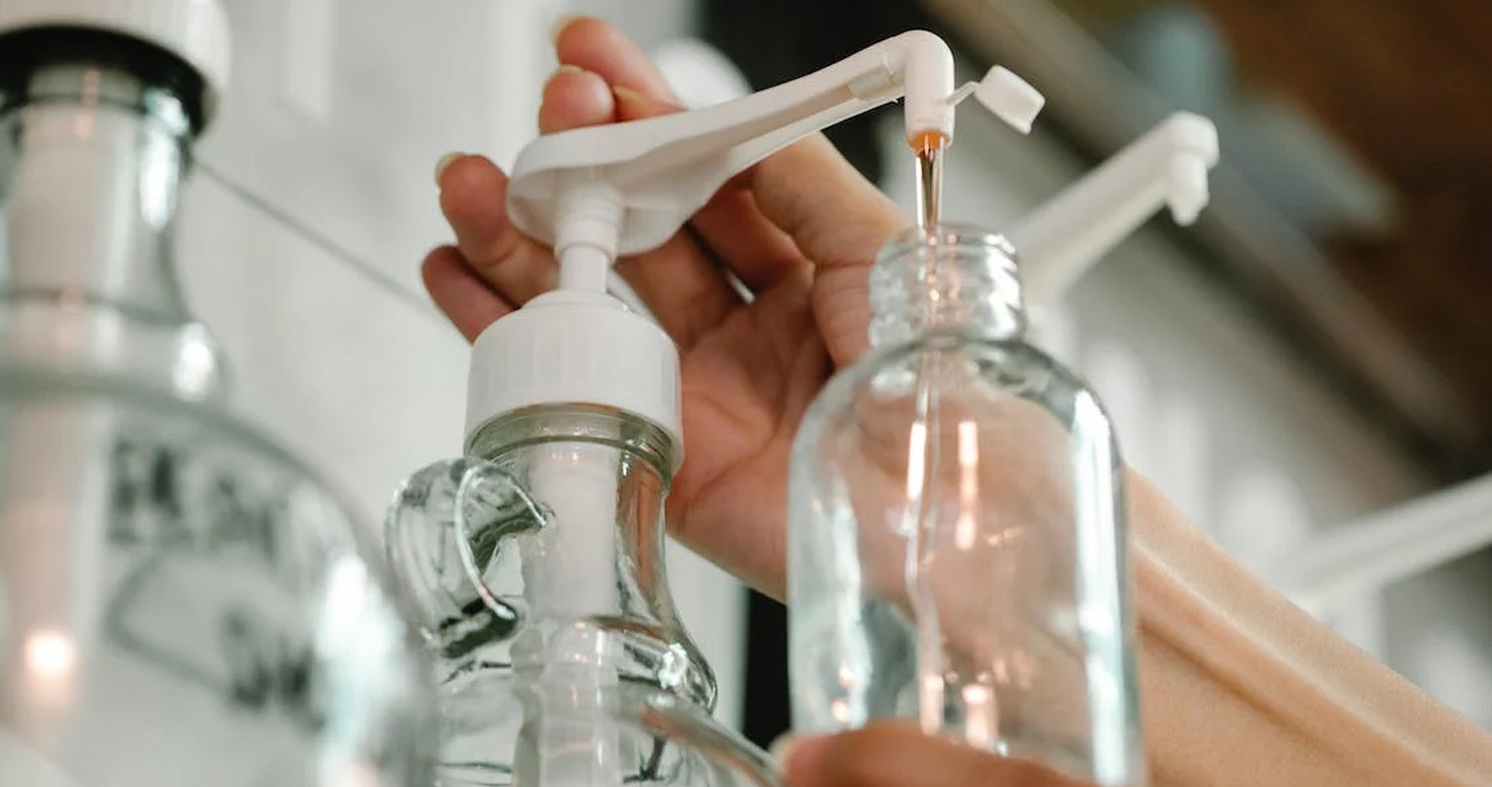Cosmetic Regulation in India: Why You Should Know?
Our skin comes into direct contact with the cosmetics we apply. Therefore, if they contain toxic or harmful ingredients, they will immediately harm our skin, putting customers at risk of developing various skin conditions and diseases. Manufacturers must create the cleanest and safest goods, and consumers must utilize tried-and-true cosmetics. Thus According to the Drug and Cosmetic Act of 1940, cosmetic refers to any item intended to be rubbed, poured, sprinkled, sprayed, or otherwise applied to the human body or just any part of something for cleanup, enhancing, promoting attractiveness, or trying to alter the impression, and includes any item meant for use as an element of cosmetic. In keeping with The Drugs and Cosmetics Act 1940 and Rules 1945, all cosmetic products must be tested in Cosmetics Research Lab. For new or modified products to be functional and visually pleasing, they must also meet quality standards. This is accomplished through cosmetic regulation, which guarantees that new or modified products meet physical, chemical, and microbiological chemical composition requirements in Cosmetics Research Lab.
Cosmetic Testing: Why It Matters?
• The testing for cosmetic items in Dermasist Cosmetics Research Lab is done to ensure that a new or changed product will work and look well while stored according to the right circumstances and meet the intended physical, chemical, and microbiological quality criteria. Due to the numerous new launches each year, we take tests tailored to the company's needs to avoid the testing activity becoming economically disproportionate at our Cosmetic Testing Lab. Each producer should craft a stability testing plan that effectively and sensibly satisfies the testing demands.
• Cosmetics Testing Laboratory is one of the most crucial product tests that Dermasist Innovation Lab does before consumer use. This is so that firms are not held responsible if their products affect customers' health because they are directly applied to our bodies. Before a product reaches the retail stores, the manufacturer is responsible for ensuring that it and its components are safe.
• The stability and quality of the product should be evaluated and further examined if the outcomes of these tests differ from the typical visual or microbiological profile. More often than most businesses would like to admit, contamination with bacteria and fungi occurs during manufacturing.





